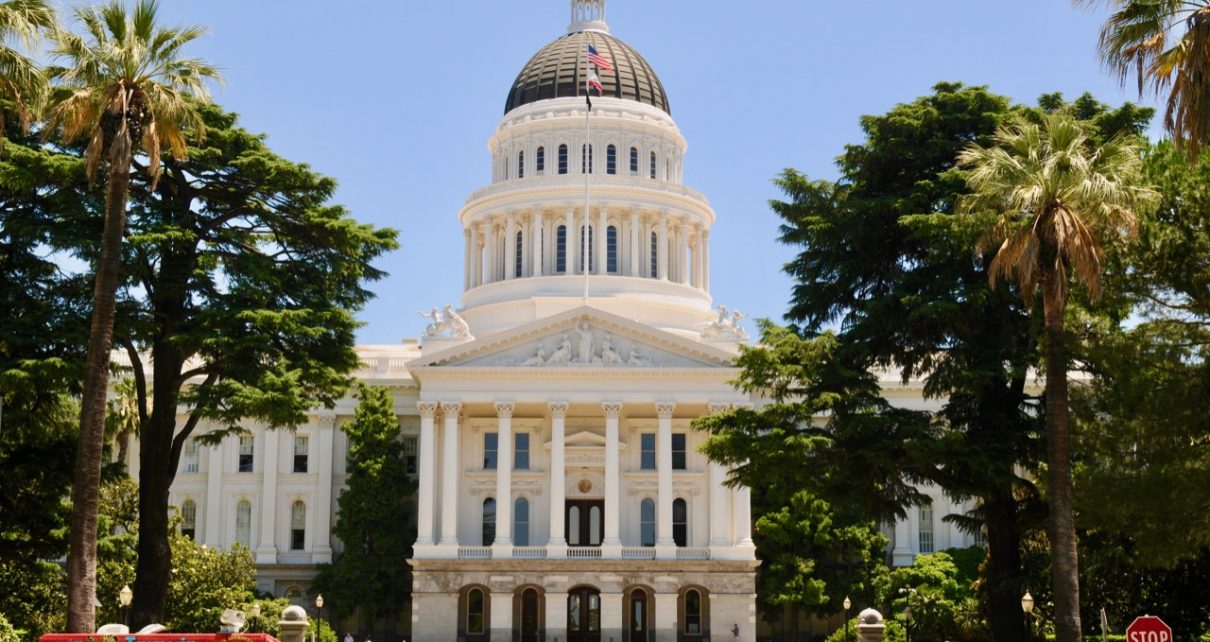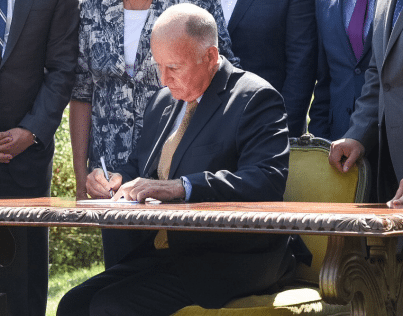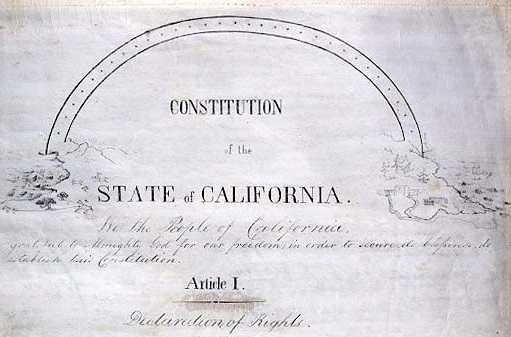
California State Capitol. (Photo: Kevin Sanders for California Globe)
Filling a Constitutional Office Vacancy in California
What happens if one or both houses of the Legislature does not confirm a gubernatorial nominee?
By Chris Micheli, December 27, 2021 1:10 pm
California’s Constitution, in Article V, Section 5, provides for filling a vacancy in a constitutional office. There are nine constitutional offices in California: Governor, Lieutenant Governor, Attorney General, Board of Equalization Members, Controller, Insurance Commissioner, Secretary of State, Superintendent of Public Instruction, and Treasurer. They are elected on the statewide ballot every four years.
While a vacancy in the office of Governor is obviously filled by the Lt. Governor, how are the other offices filled? Section 5(a) of Article V provides “Unless the law otherwise provides, the Governor may fill a vacancy in office by appointment until a successor qualifies.” As a result, the other offices can be filled by a gubernatorial appointment.
Specifically, Section 5(b) of Article V provides, in part, “Whenever there is a vacancy in the office of the Superintendent of Public Instruction, the Lieutenant Governor, Secretary of State, Controller, Treasurer, or Attorney General, or on the State Board of Equalization, the Governor shall nominate a person to fill the vacancy…” How does this work?
Pursuant to Section 5(b), once nominated by the Governor, that person takes office upon confirmation by a majority of the membership of the Senate and Assembly. Once confirmed by both houses of the Legislature, the person holds office for the balance of the unexpired term. In early 2021, this actually occurred twice.
First, after former Secretary of State Alex Padilla was named a United States Senator to fill the vacancy created by the election of former U.S. Senator Kamala Harris to become the Vice President of the United States, Governor Gavin Newsom named former Assemblywoman Dr. Shirley Weber to fill that vacancy. Both the Assembly and Senate voted to confirm her nomination.
Second, after former Attorney General Xavier Becerra was named U.S. Secretary of Health & Human Services Agency by President Biden, Governor Newsom named former Assemblyman Rob Bonta to fill that vacancy. Both the Senate and Assembly voted to confirm his nomination.
What happens if one or both houses of the Legislature does not confirm a gubernatorial nominee? Section 5(b) also provides, “In the event the nominee is neither confirmed nor refused confirmation by both the Senate and the Assembly within 90 days of the submission of the nomination, the nominee shall take office as if he or she had been confirmed by a majority of the Senate and Assembly.” As a result, if the gubernatorial nominee is not confirmed by either house, or neither house rejects the nominee, within 90 days, then the nominee takes office.
What happens if a gubernatorial nominee is confirmed by only one house and the nomination is rejected by the other house? In Lungren v. Deukmejian, the California Supreme Court in 1988 stated, “We conclude that section 5(b) requires confirmation by both houses of the Legislature unless it fails to act on a nomination within 90 days, in which case the nominee is deemed to be confirmed under the second sentence of the provision. When, as here, one house votes to disapprove a nominee, the nomination is rejected, just as in other matters requiring legislative action.”
Note that, if the 90-day period ends during a recess of the Legislature, the period is then extended until the sixth day following the day on which the Legislature reconvenes.
In addition to Section 5 of Article V, there are several provisions in statute dealing with vacancies. These provisions are found in the Government Code, Title 1 (General), Division 4 (Public Officers and Employees), Chapter 4 (Resignations and Vacancies), Article 2 (Vacancies). These provisions are in Section 1770 – 1782.
Government Code Section 1770 specifies the different circumstances in which an office becomes vacant, basically on the happening of any of the events occurring before the expiration of the term that are listed in this section. There are 13 such event happenings specified in this code section.
Section 1775 deals with vacancies in any of the constitutional offices. It contains the same language from Article V, Section 5(b). In addition, it contains the following provision: “After a vacancy has occurred in an office specified in this section and prior to the time such vacancy is filled as provided in this section, the chief deputy to the above constitutional officers shall discharge the duties of the office.”
- Frequently Asked Questions About Ethics Training for Local Agencies - April 24, 2024
- Frequently Asked Questions about Privileges of Voters in California - April 23, 2024
- Does a Bill Need Statutory Construction Guidance? - April 22, 2024





unfortunately in this horrible state, there are too many levels of basement until we would get someone suitable as a replacement for Dippity Do.